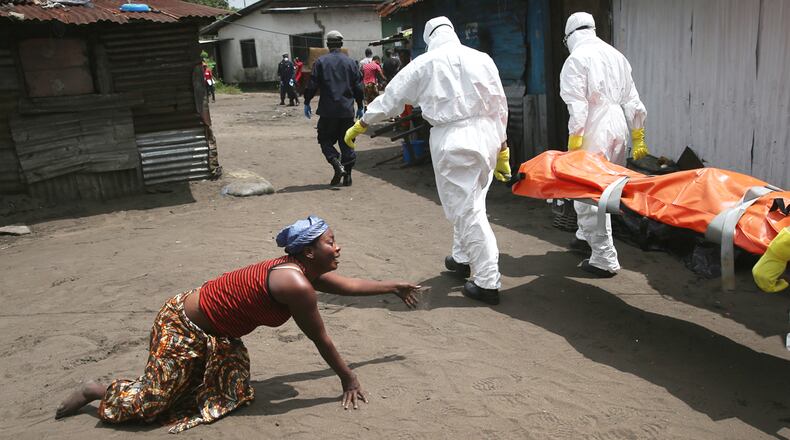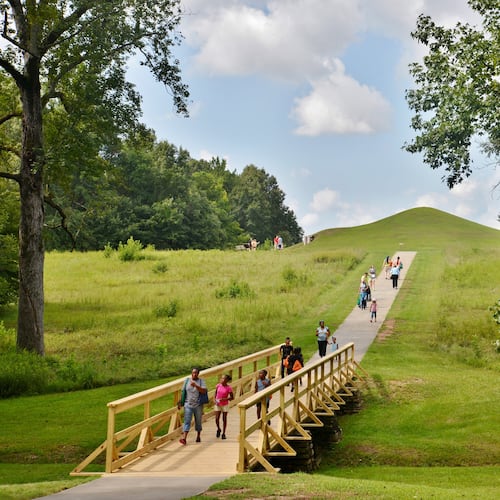One short year ago, the world was in the grip of one of the largest and most terrifying public health disasters in generations – the Ebola epidemic in West Africa, which though greatly weakened is still occurring in that region today.
The fast-moving virus claimed thousands of people, including hundreds of doctors and health care workers. Government agencies around the globe jumped in to help as the public teetered on the verge of panic. It soon became clear this was a global health issue requiring a global response if health security was to be restored. It truly was going to take a village, as the saying goes.
From the U.S., the Centers for Disease Control and Prevention led the charge, putting thousands of workers on the ground in Sierra Leone, Guinea, Liberia and other countries and providing much-needed public health system support for people in those countries. But the need was and continues to be great, beyond what any government alone could handle. So, governments around the globe began to work with individuals and organizations outside of the government sector to fill the gaps.
CDC worked with the CDC Foundation for additional support. Soon, help began pouring into the foundation from private-sector individuals, philanthropies and corporations. Facebook founder and CEO Mark Zuckerberg and his wife Dr. Priscilla Chan and Microsoft founders Bill Gates and Paul Allen worked through the foundation to provide funds to fight the virus. They gave not only to fight Ebola, but also to fund collaborations that would better prepare countries for the next health scare.
The collaboration between public and private entities during the Ebola response has proven to be highly effective. In the CDC example, the agency’s workers on the ground in West Africa identified pressing needs, and the CDC Foundation worked with the private sector to provide resources to satisfy those needs. With private-sector cooperation, the foundation coordinated the acquisition and deployment of emergency operations centers in Guinea, Liberia and Sierra Leone, as well as hundreds of vehicles, computers, communications equipment, generators and other resources to support on-the-ground workers in their battle with the deadly virus.
The outbreak also underscored that we do indeed live in a global community, and disease cannot be confined by country borders. We are only as secure as the weakest link. Looking back, the public-private partnerships that arose out of the Ebola crisis were key to supporting CDC and other government agencies from this country and around the world in restoring and maintaining the health infrastructure in West Africa and, thus, health security throughout the world.
This was the largest Ebola outbreak ever recorded with more than 11,280 deaths worldwide, but it could have been so much worse, given modern air travel capable of moving passengers from one side of the world to the other in less than 24 hours. The spirit of collaboration brought together people, businesses and governments, working cooperatively across national borders towards a common goal: the reinforcement of our global health security system.
The CDC Foundation, while a leader in building a public-private support network against Ebola, was not the only entity at work.
Many other coalitions and consortiums, which emerged during the early days of the Ebola epidemic, have been incredibly resourceful and varied in their program goals and execution. All have contributed in some significant way to help the people of West Africa rebuild their health infrastructure and restart their lives. The Ebola Private Sector Mobilisation Group, for example, is a coalition of private organizations created to keep West African businesses open during the outbreak, key to getting the population back on its feet.
Another prime example is NetHope, a conglomerate of 42 international humanitarian organizations, which partnered with Facebook, the Paul G. Allen Family Foundation, Cisco, EveryLayer and Inveno to provide all-important communications capabilities. Together, they contributed satellites, connectivity and personnel.
Next month’s Health Connect South conference at the Georgia Aquarium will acknowledge the Ebola response and the combined efforts of public and private entities to advance global health security. The conference brings together many of the key players in the response to share inspiring stories of heartbreak and triumph against a disease so powerful, it was capable of bringing entire nations to their knees.
It is clear today the Ebola outbreak, while not over, was successfully contained only through collaboration. It is incumbent on us all to continue to foster and encourage health collaboration wherever we can. It is only by working together that we can prevail against such potentially destructive health threats.
Russ Lipari is founder and CEO of Health Connect South, a nonprofit organization that fosters collaboration among health professionals and institutions.
About the Author
Keep Reading
The Latest
Featured



